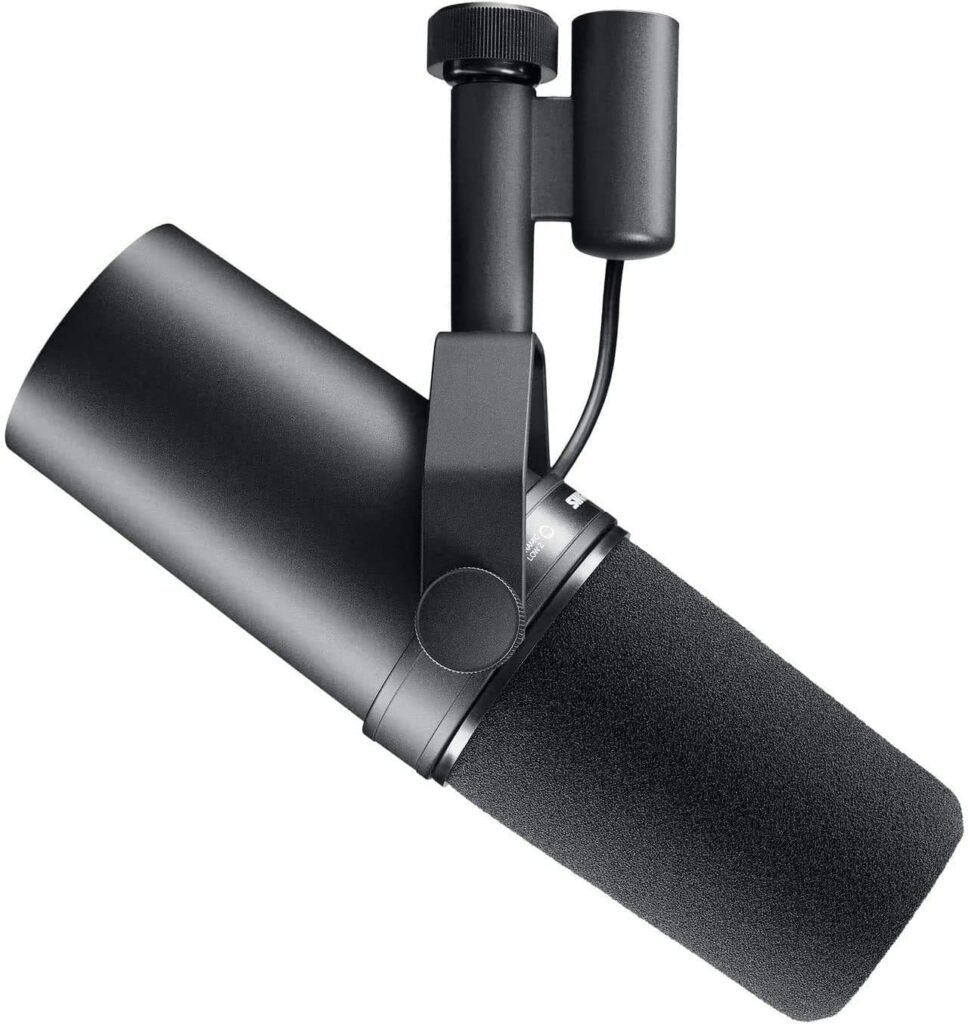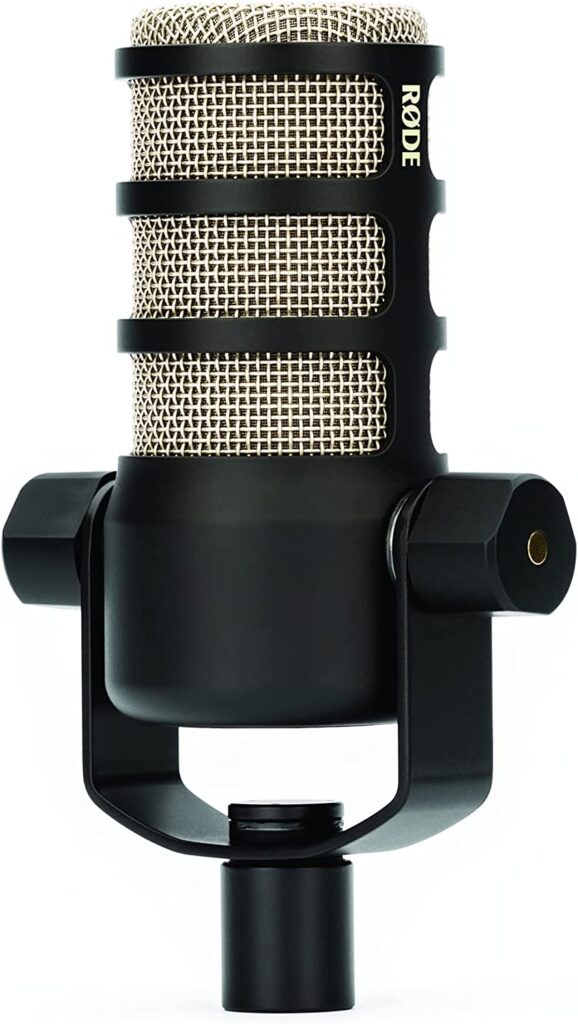As a Twitch streamer, having the right microphone can make a world of difference in the quality of your content. One option is the Rode NT1, a condenser microphone that is one the more popular microphones in the mid to high price range. However, before you decide to invest in this mic, it’s important to consider both its advantages and disadvantages.
This post may contain Amazon affiliate links so I may receive compensation if you purchase products linked to below — think of it as a virtual tip jar!
In this article, I’ll share my (and user) insights on the Rode NT1 & offer some alternative options that might better suit your uses as a streamer.
Rode NT1: Pros
There are several aspects of the Rode NT1 that make it a great choice for Twitch streamers looking to improve their audio quality:
- Low Self-Noise: I’ve found that the NT1’s incredibly low self-noise of only 4.5dB(A) ensures you never need to edit out background hum of any kind in post
- Large Diaphragm: The 1-inch large-diaphragm cardioid capsule will make your voice sound fuller, and more imposing
- Condenser: Being a condenser mic, you’re able to sit a bit further away at a recommended six to twelve inches
- Sensitive: The NT1 is going to be significantly more sensitive (needs less gain) than lower-end, more popular microphones like the Audio-Technica AT2020
Rode NT1: Cons
Despite its many advantages, there are some drawbacks to the Rode NT1 that you should be aware of — based on my experience and others:
- Sensitive to Background Noise: As a condenser microphone, the NT1 is pretty sensitive when it comes to picking up background noises, such as mechanical keyboard clicks, when compared to dynamic microphones
- Trouble with Sibilance: If you (like a lot of people) say hard esses in a sentence like “Sarah’s silly sister swallowed her sweet”, they will certainly get emphasized by this mic, as one user pointed out
- Requires Phantom Power: Condenser microphones, including the NT1, require phantom power (48V) to function. This means that you’ll need an audio interface or mixer with phantom power capabilities
- Price: The Rode NT1 is a high-quality microphone, but its price tag may be a barrier for some Twitch streamers ($269.99), especially those on a tight budget
Alternatives to the Rode NT1
Try not to get overwhelmed with the negatives — the Rode NT1 is a great microphone for some streamers. However, if you’d prefer something that picks up less background noise or perhaps something cheaper than the Rode NT1, read on:
Shure SM7B – $399.99
The Shure SM7B is a dynamic microphone that is ideal for those with deeper voices, and one of the highest-end mics a streamer can purchase. Here some pros and cons I’ve gathered from others:
- Flat, wide-range frequency response: The SM7B has a frequency response ranging from 50 Hz to 20 kHz, making it suitable for a wide variety of voice types
- Much less background noise: The dynamic nature of the SM7B means that it’s less sensitive to background noise than condenser microphones like the NT1
- Built-in pop filter: The SM7B features an integrated pop filter that helps reduce plosive sounds.
- Price: The SM7B is significantly more expensive than the Rode NT1 at $399.99
- Dynamic: You’ll need to sit much closer to this mic, with most people saying you want to be four to five inches away at max. Any further and you begin losing the fullness in your voice, and needing to apply more gain
Rode PodMic – $99.99
For Twitch streamers on a budget, the Rode PodMic is an affordable alternative to the NT1:
- Dynamic microphone: Like the Shure SM7B, the PodMic is a dynamic microphone, which means it’s less sensitive to background noise, but you need to get within a few inches of it
- Budget-friendly: The Rode PodMic is significantly cheaper than both the NT1 and SM7B; making it an attractive option if by this point, you’ve decided not to drop $200 – $400 on a microphone
- Built-in pop filter: The PodMic comes with an internal pop filter
If you’d prefer a budget XLR microphone, check out this guide I wrote for streamers on that very subject!




